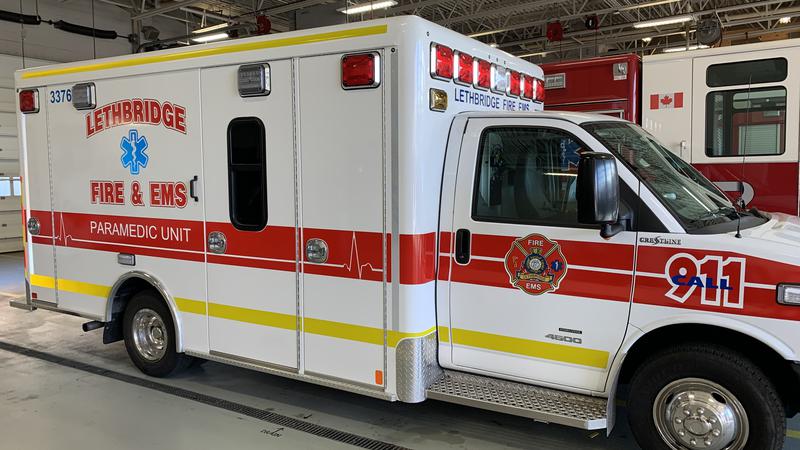
Province adds EMS funding for Lethbridge and Fort Macleod
LETHBRIDGE, AB – Two communities in Southern Alberta are getting boosts to their emergency medical services.
As part of the Alberta 2022 Budget, the government announced $64 million to help EMS respond to high levels of demand and stress placed on staff.
Premier Jason Kenney believes this will go a long way in protecting Albertans.
“I’m confident this boost in EMS funding will strengthen the system and better serve all Albertans by adding capacity and improving efficiency. We are investing a record level on health care in Budget 2022 to have a strong and resilient health system that can meet the needs of Albertans during and after this pandemic, when and where they need that care.”


